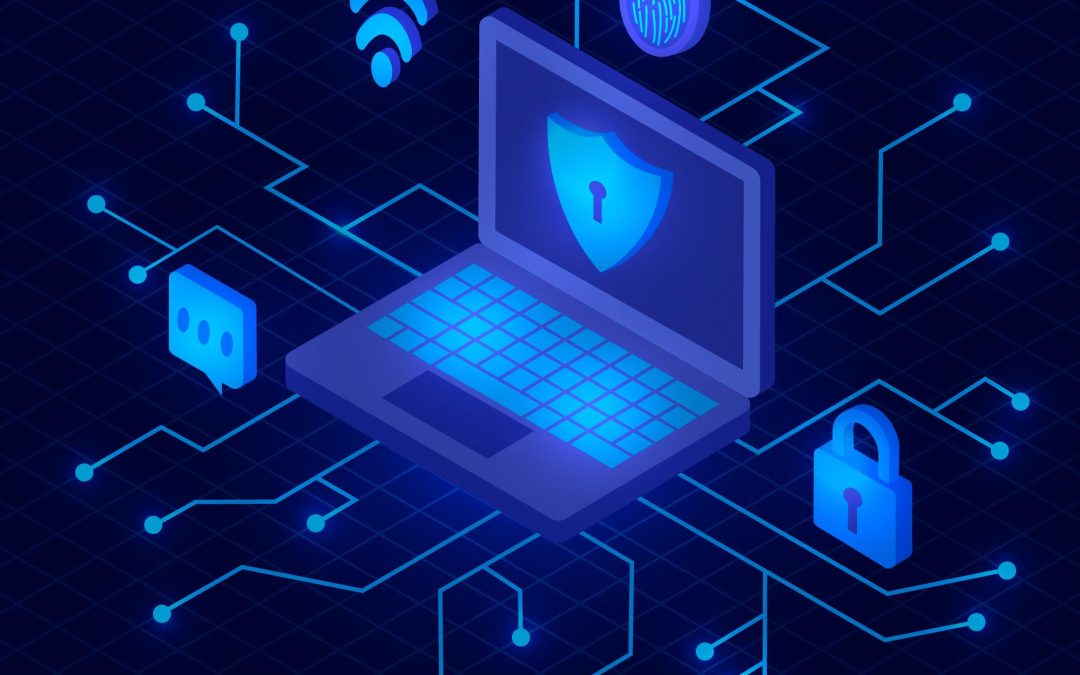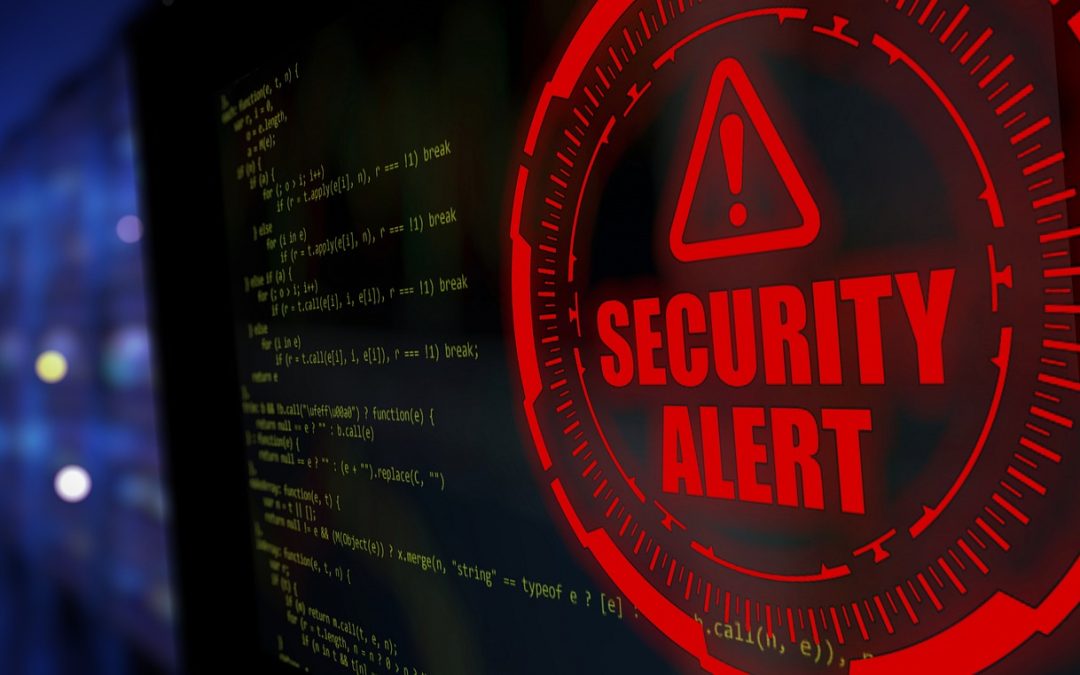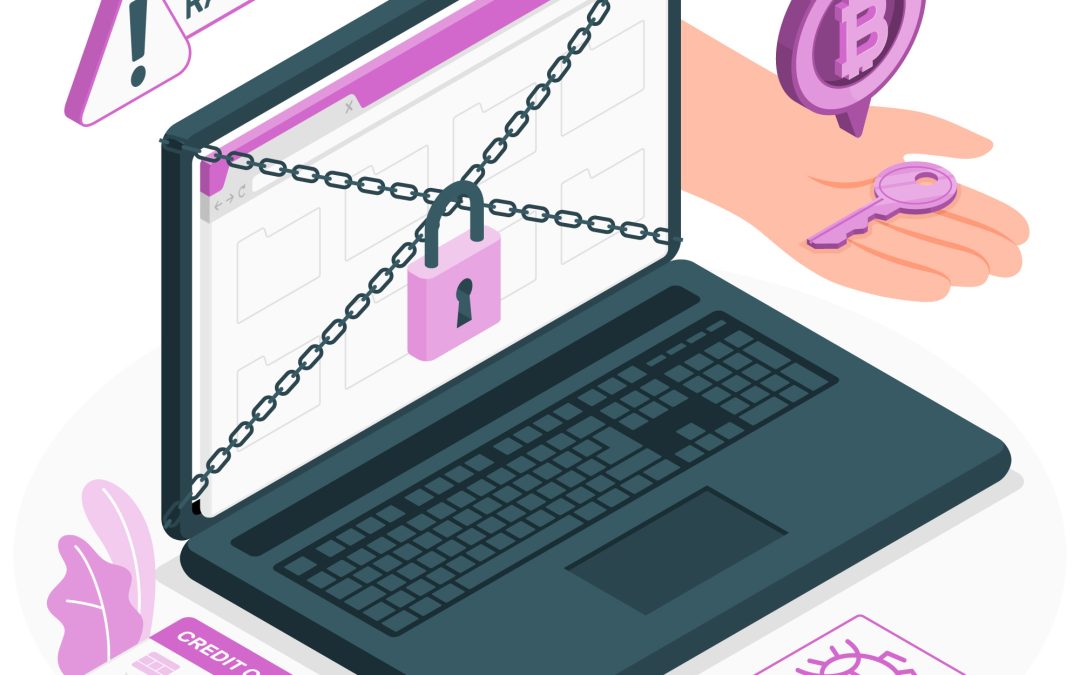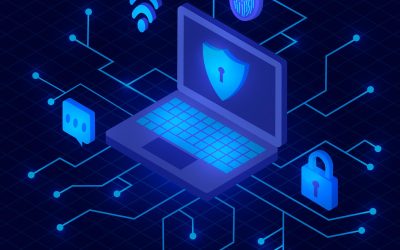IT system and data security is no simple matter for professionals. This is especially true given the growing threat they face, with ever-increasing attempts at phishing and ransomware attacks, for example. There are several ways to respond to these threats and solutions can be put in place. But it all starts with awareness, so that problems can be avoided and people know how to react if it’s too late. Tyrex tells you more.
Cybersecurity in the workplace: a major challenge
Cybersecurity has become a major challenge for businesses. Few professionals can do without IT and/or new technologies. But their use inevitably represents a risk, which is growing year on year. It is therefore essential to protect yourself. This is the principle of cybersecurity: putting policies and measures in place to prevent cyberattacks by protecting various elements (IT systems, applications, devices, data, etc.).
According to the government website for cybersecurity assistance and prevention, account hacking was the leading reason for searches by businesses and organisations in 2023, up 26%. This was followed by phishing (+21%) and ransomware attacks (+17%). The attacks that increased the most compared to 2022 were fake transfer orders (+62.7%), as well as professional websites with site defacement (+61%) and denial of service (+41%).
Cybersecurity and cyber threats in businesses: how to identify the risks?
The first step in implementing a cybersecurity strategy may be to identify the risks. It may be wise to know what information hackers might be interested in, such as the personal and/or financial data of your employees or customers, and sensitive/critical data. Once identified, it will be easier to protect them and implement a more targeted awareness strategy for your employees. Also be careful with the tools you use, as they could be easily hacked.
It may be useful to carry out a kind of audit of this data to identify major risks and put a framework in place (e.g. restricting access to certain data or tools).
The government has put together a digital risk awareness kit to help people understand these risks and know how to respond.
The human factor: a key element
Cybersecurity awareness requires proper training for employees. They are the ones who may receive a fraudulent email, click on a link and/or inadvertently disclose information.
Training courses can therefore be set up. Several topics can be covered: creating strong passwords, how to react in case of doubt or proven phishing, how to behave when working remotely, and how to use social media. It is useful to place particular emphasis on warning signs, to enable the right response to be made at the slightest sign of doubt.
This cybersecurity policy must be clear and understandable to everyone. This is why training can be useful, to enable employees to discuss this subject in a dedicated setting. It can also be repeated to provide regular reminders, update advice and/or alert employees to new practices implemented by hackers.
Good training can make your employees more comfortable with the subject and encourage them to report any critical situations.
Appoint a cybersecurity officer
Appointing a cybersecurity officer within the company has several advantages: it gives employees someone to talk to about any problems, if they have any doubts or questions. This officer can also be responsible for training employees in best practices. In some companies with an IT department, the officer can act as a liaison.
Specific training courses are available to help you acquire the skills you need to develop a good cybersecurity policy.
Get support
Support is key to implementing an effective cybersecurity policy. You can get support in advance through certified training courses offered by various organisations, for example. This support can also help minimise day-to-day risks through the implementation of certain tools such as secure exchange systems or decontamination services, if the damage has already been done. Tyrex offers decontamination terminals for professionals. These are a way of preventing the spread of viruses and malware via USB devices.














